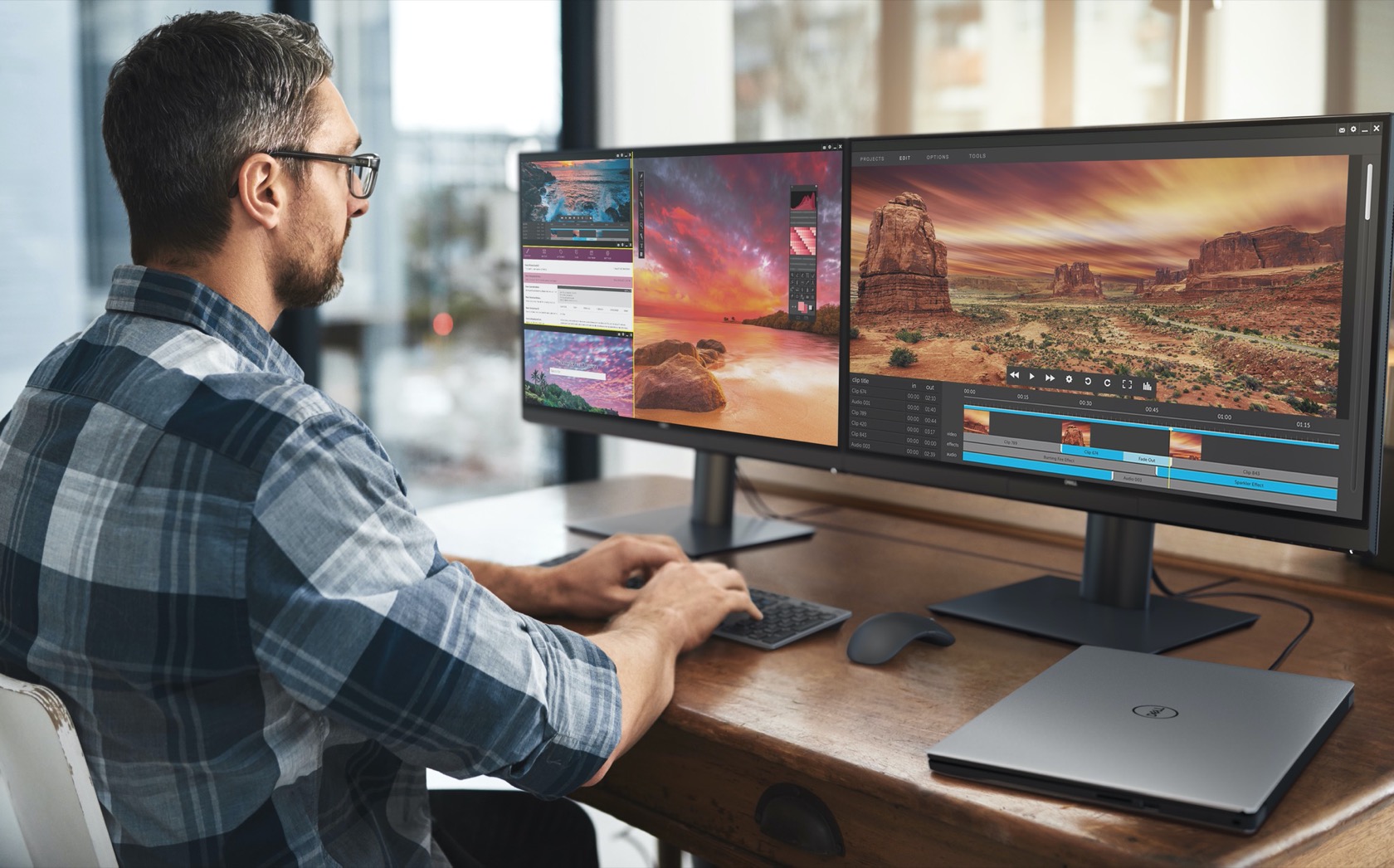

Another common one: failing to finish one screen-based activity because you’re distracted by a second. “If it’s your kids’ bath time and you’re looking at a phone, that’s a wakeup call,” he says. The “classic example,” says Newport, is the parent who’s distracted by his smartphone when he should be interacting with his children. Select from premium 3 People Looking At Computer Screen of the highest quality. The right question to ask, says Cal Newport, an associate professor of computer science at Georgetown University, is What value are you getting out of the time you spend looking at screens, and what value are you losing? “If you find your screens are starting to displace activities you think are more important or meaningful, that’s a sign that you may want to reconsider your use,” he says. Find the perfect 3 People Looking At Computer Screen stock photos and editorial news pictures from Getty Images. Ditto if you think your attention span is shrinking, or if you’re always leaving chores half finished, she says. If you’re blowing off your friends or family in favor or spending time on screens, that’s a problem.

The goal is finding balance between screen-based and non-screen activities, Dodgen-Magee says. But if you can’t visit a bathroom without watching a few minutes of “gonzo porn,” that’s not so great.
#People looking large compute sidplay free
If you have a free day and you spend eight hours researching the cure for Ebola, that’s great, she says. “Content and context matter,” says Doreen Dodgen-Magee, an Oregon-based psychologist and author of Deviced! Balancing Life and Technology in a Digital World. So what’s the ideal amount of screen time? While it sounds like a simple question, experts say the “just right” amount depends on what type of screen a person is looking at, why they’re looking at it, and-maybe most importantly-what they’re forgoing in order to spend time on screens. And by most estimates, Americans are spending most of their free time engaging with screens.Ī 2018 Pew Research Center poll found 26% of adults report going online “almost constantly.” And a recent Nielson report found the average American spends more than 11 hours a day absorbing media (though that includes non-screen activities like listening to radio or podcasts). At the very least, much of the existing evidence indicates that spending many hours each day looking at screens (not including time spent on work or school activities) is a warning sign that a person is at elevated risk for depression or other mental health disorders.


 0 kommentar(er)
0 kommentar(er)
